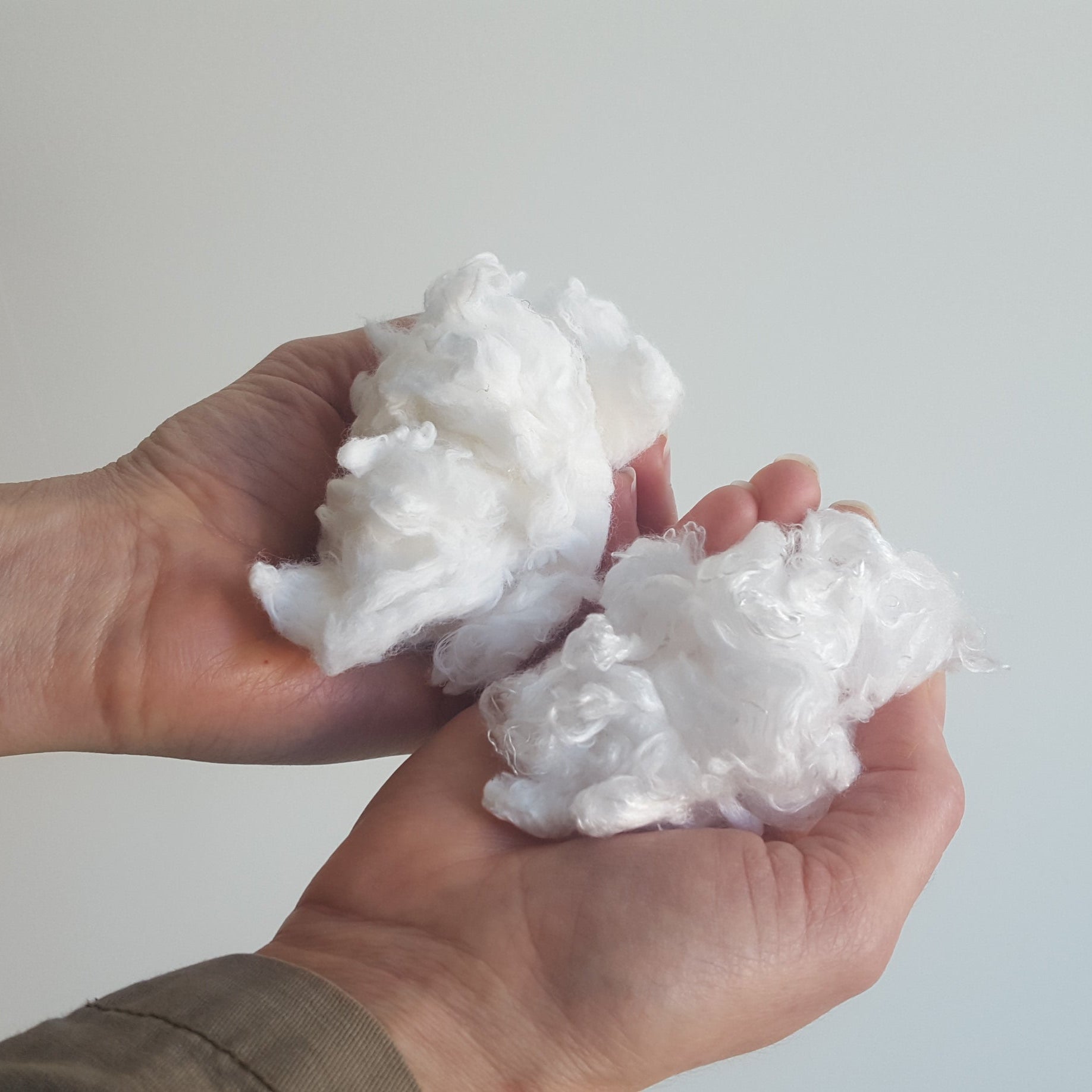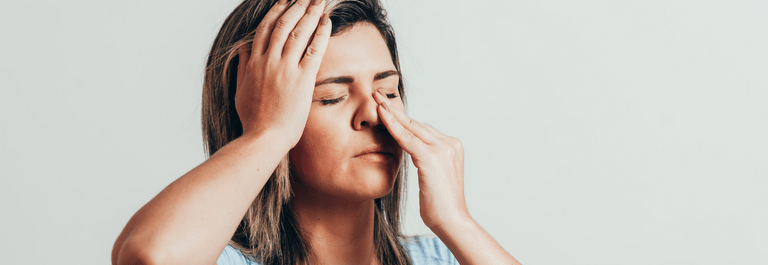Diaper candidiasis, also known as yeast diaper rash, is a common condition that affects those who wear diapers, most often infants under the age of one. It causes swollen red and purple patches near the baby’s diaper region and can be extremely sore and uncomfortable.
In this blog, you'll find everything you need to know about diaper candidiasis including:
- What causes candida diaper rash
- The difference between diaper rash and yeast diaper rash
- How to manage painful symptoms naturally
Keep reading to find out the causes of diaper candidiasis and how you can help manage symptoms naturally.
What Causes Candida Diaper Rash?
Diaper candidiasis is caused by a type of yeast that lives in our bodies in small amounts called Candida albicans. When external factors disrupt the balance of Candida and the skin's microbiome, a painful rash can form in the diaper area of the skin.
Yeast thrives in warm and moist environments, making the diaper area the ideal place for yeast to grow. Contributing factors to the development of yeast diaper rash are:
- Lack of air circulation on the skin
- Constant rubbing of the diaper on the skin
- Urine or stool touching the skin for too long, such as overnight
Diaper Rash vs. Diaper Candidiasis
Diaper candidiasis can cause diaper rash, however there are some key differences between the two:
Diaper Rash:
Diaper rash usually causes skin that is dry or scaly with a light pink or purple tone. It appears in large surfaces like the buttock, and appears in one spot along the diaper region. Diaper rash usually goes away fairly quickly.
Diaper Candidiasis:
Yeast diaper rash usually occurs on the folds of the skin near the groin, legs and genitals. It causes skin that is bumpy, shiny, cracked and may be oozy that is deep red or purple. It could be in several, smaller spots along the diaper region. Unlike diaper rash, diaper candidiasis can take a few weeks to clear.
How to Manage Painful Symptoms of Candida Diaper Rash
While candida diaper rash treatment will often require a trip to the doctor's office, there are many ways you can manage and prevent symptoms at home naturally.
Clean the Rash Often
When dealing with yeast diaper rash, it is important to keep the rash clean. Because the area is already sensitive and painful, it's necessary to avoid products with fragrance and alcohol that will further inflame the skin. Use a gentle cleanser that is free from fragrance and irritating products, like this natural Coconut and Sunflower Oil Soap Bar. This cleanser is made with nourishing coconut and sunflower oil that will leave skin feeling soft and soothed.
Apply a Cream on the Rash
Applying a thick layer of cream can create a barrier between the skin and diaper to prevent further rubbing and irritation. Because of the sensitivity of the area, be sure to avoid harsh chemicals and ingredients. We recommend this Organic Manuka Skin Smoothing Cream, an all natural creamy balm made with manuka honey and manuka oil. Manuka oil is a powerful natural solution for fungal infections, while manuka honey has powerful healing properties for wounds, making it the perfect cream to help heal and manage the symptoms of yeast diaper rash.
Frequently Change Diapers
Because yeast thrives in warm, moist environments, it is best to keep the diaper area as clean and dry as possible. Changing diapers often helps to make sure there is less moisture on the skin. If possible, try keeping diapers off for a short amount of time to allow airflow and keep the diaper loose so that the soiled area doesn't rub against the skin as much.
Start Soothing Painful Diaper Rashes at Home
Help your little one get back to their cheerful selves with these tips and tricks on how to soothe candida diaper rash.










